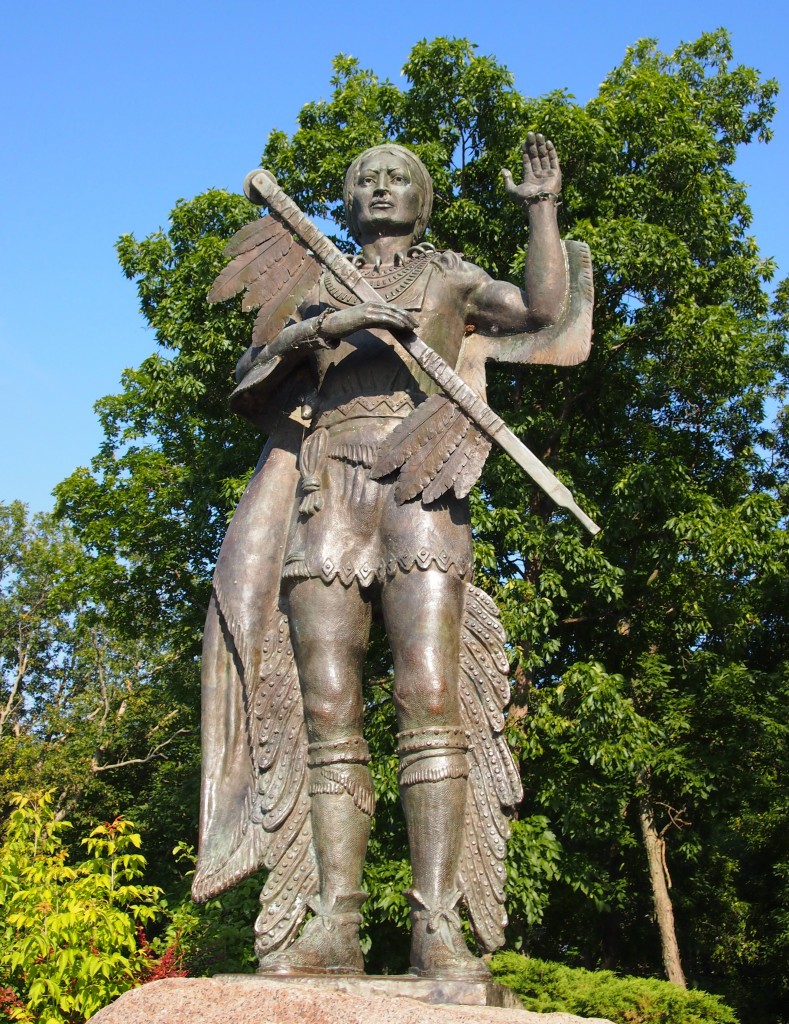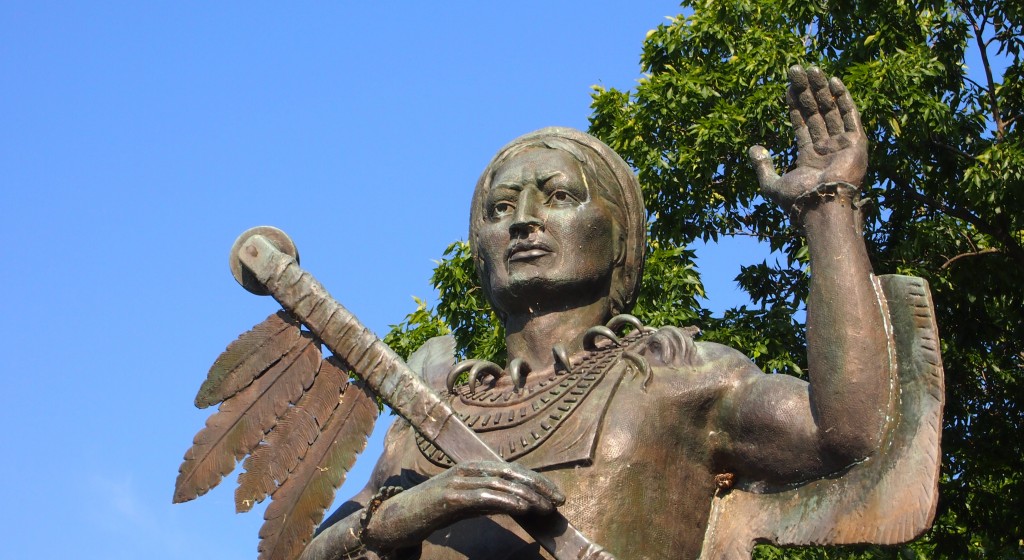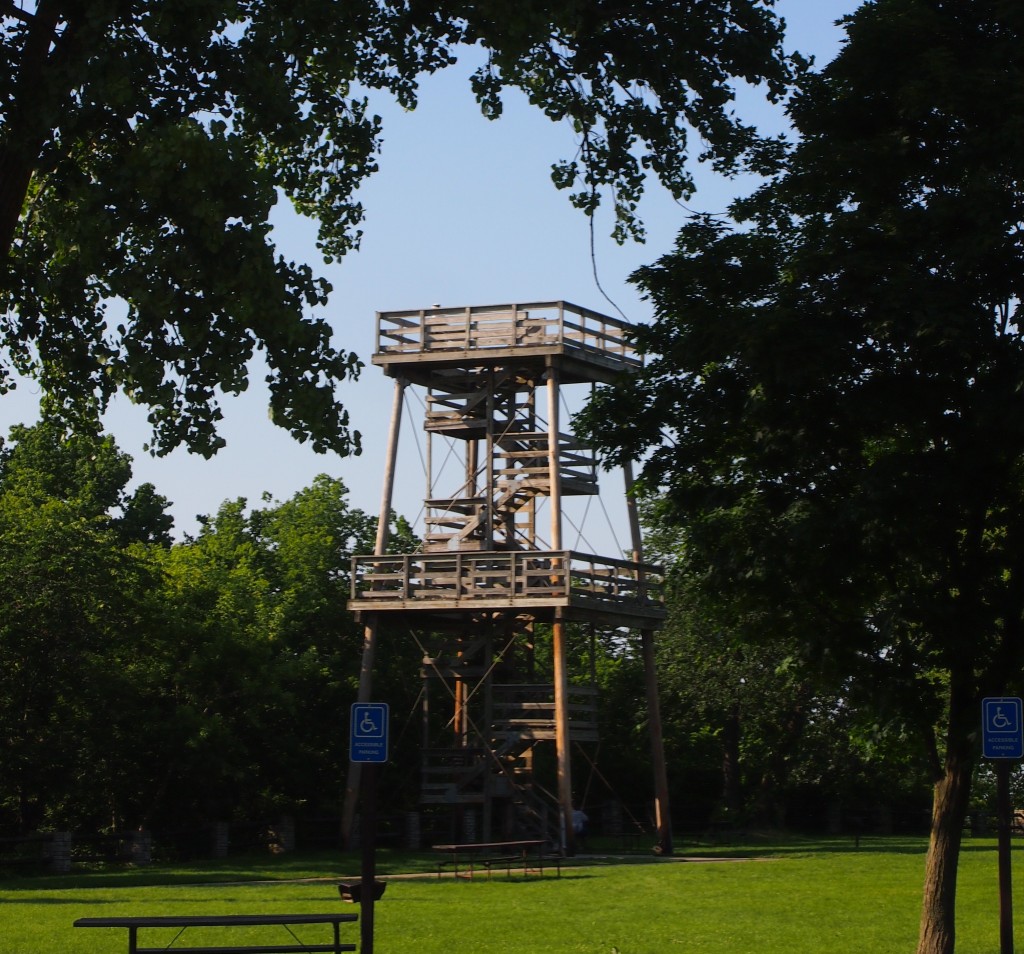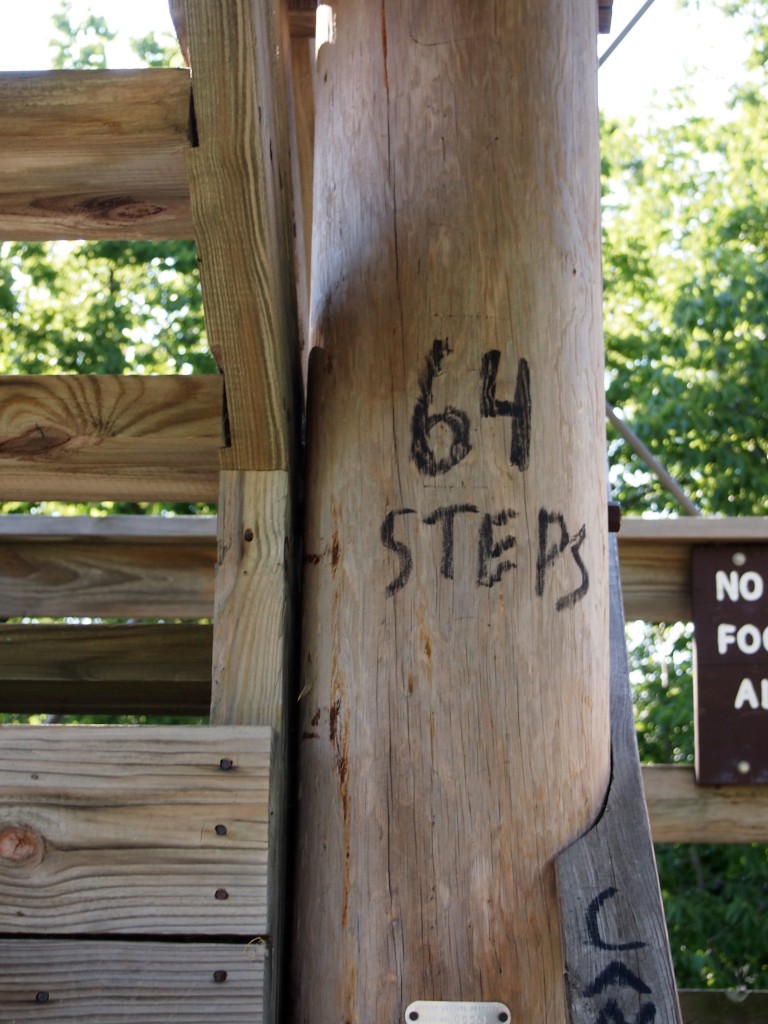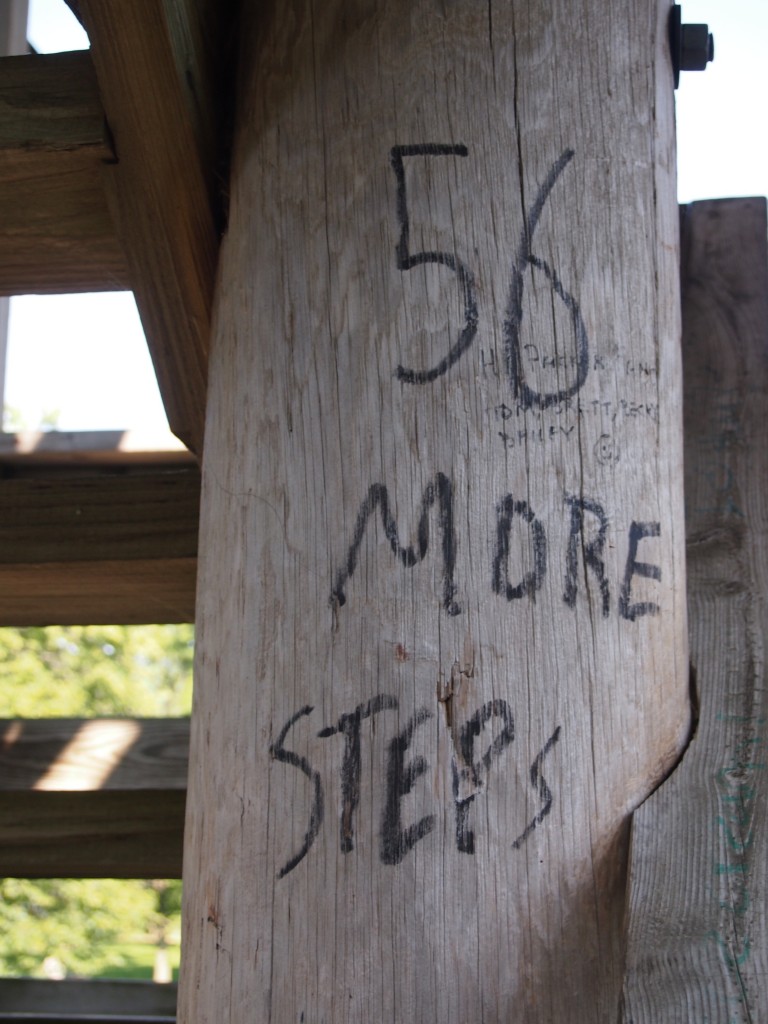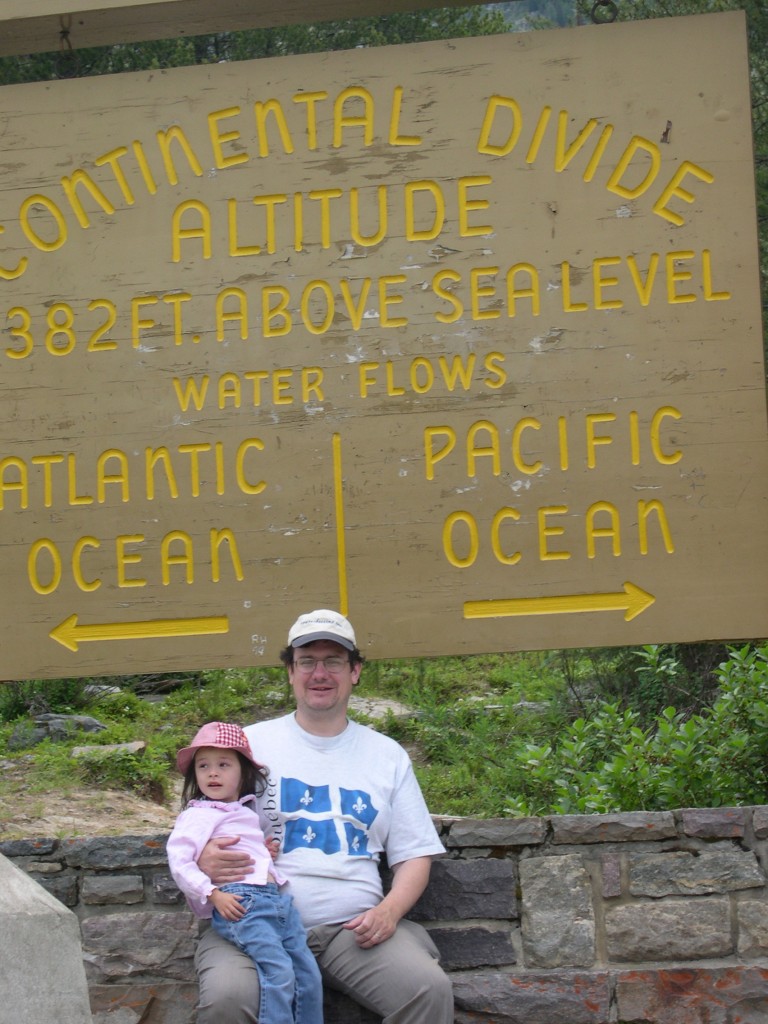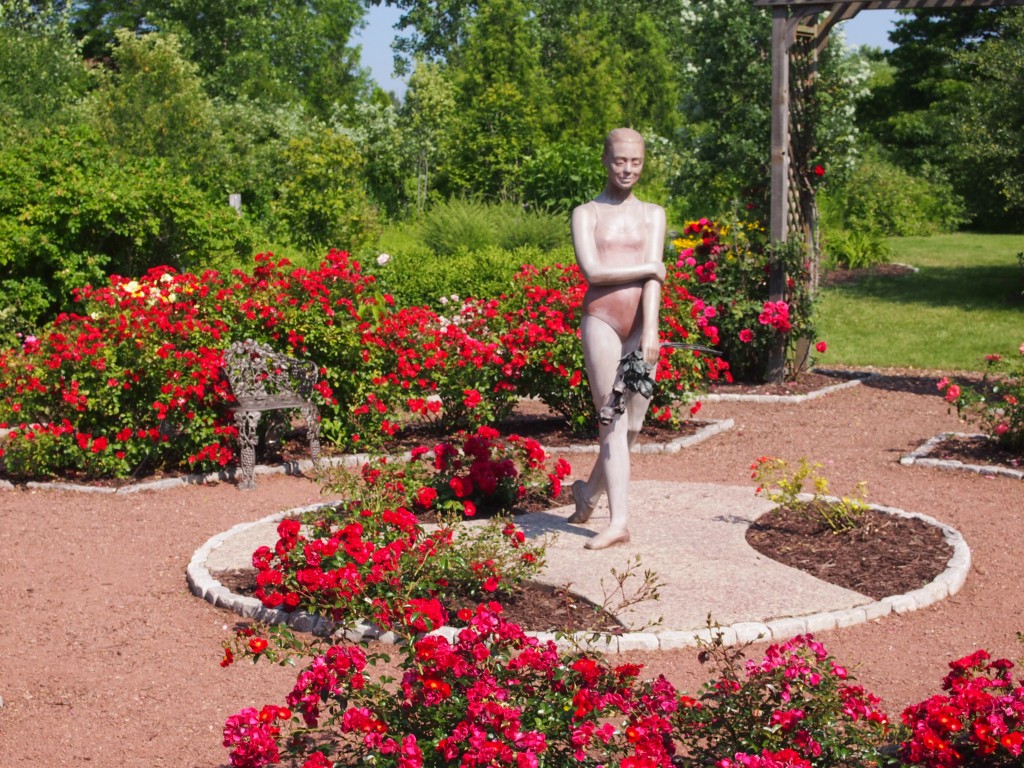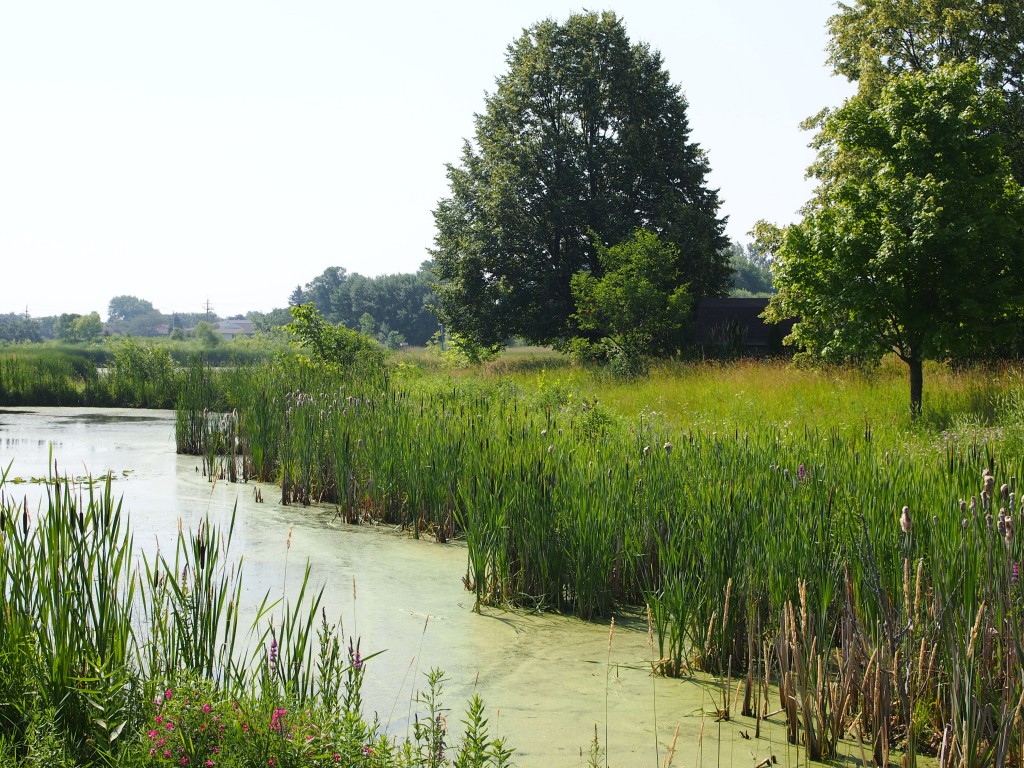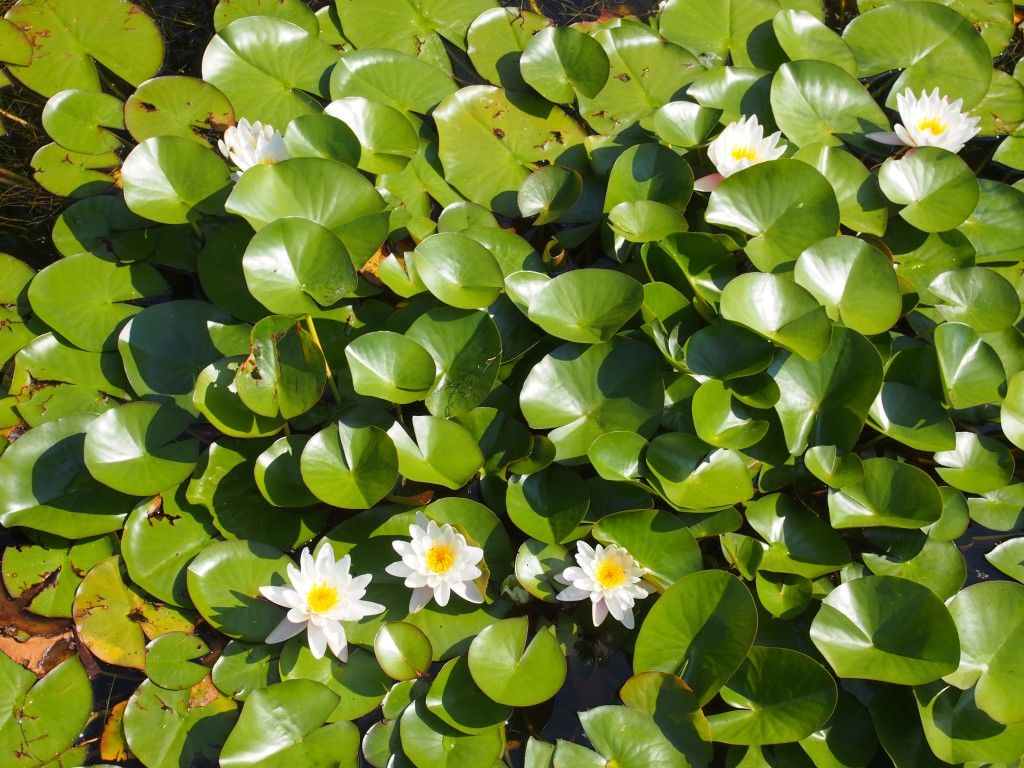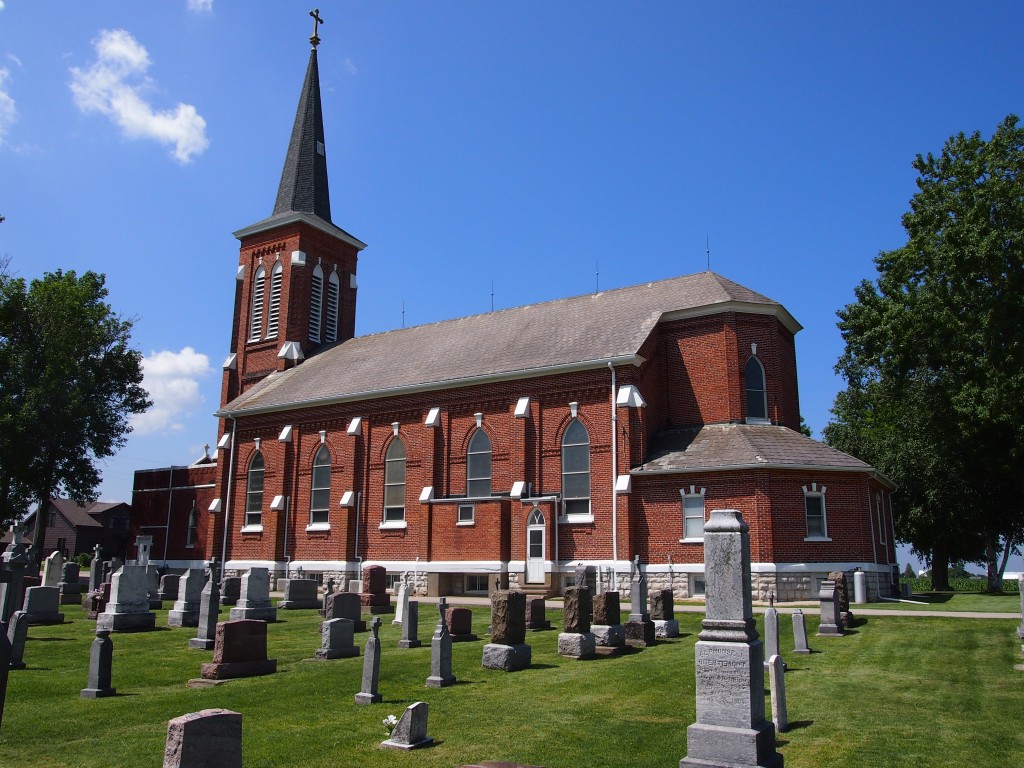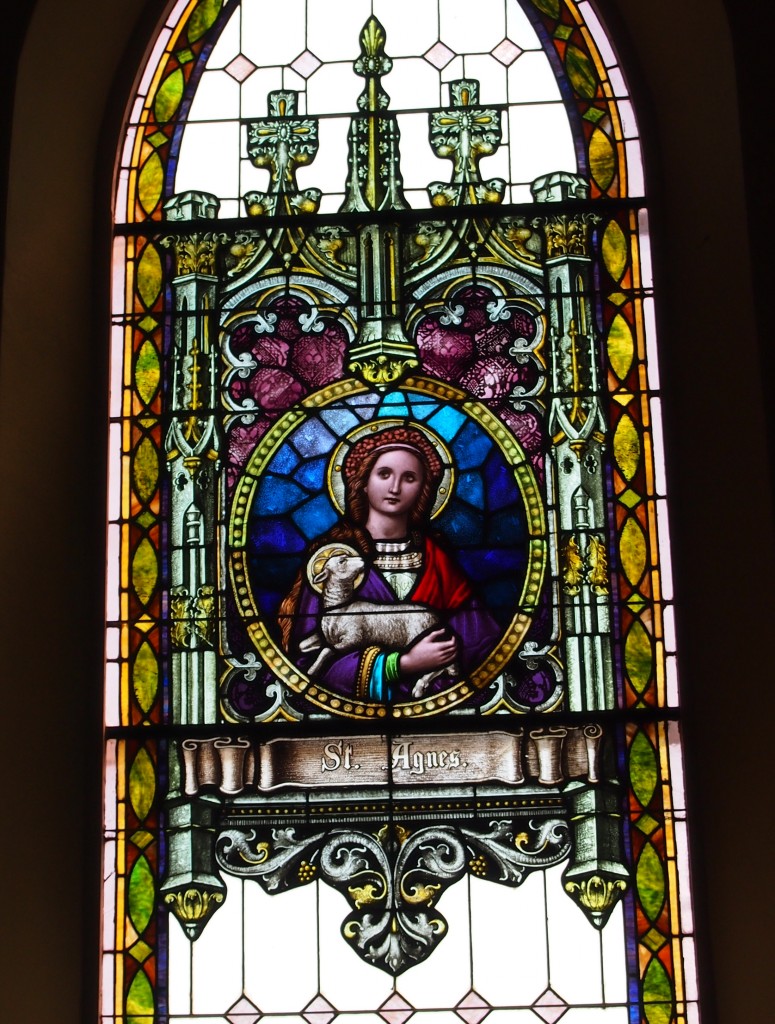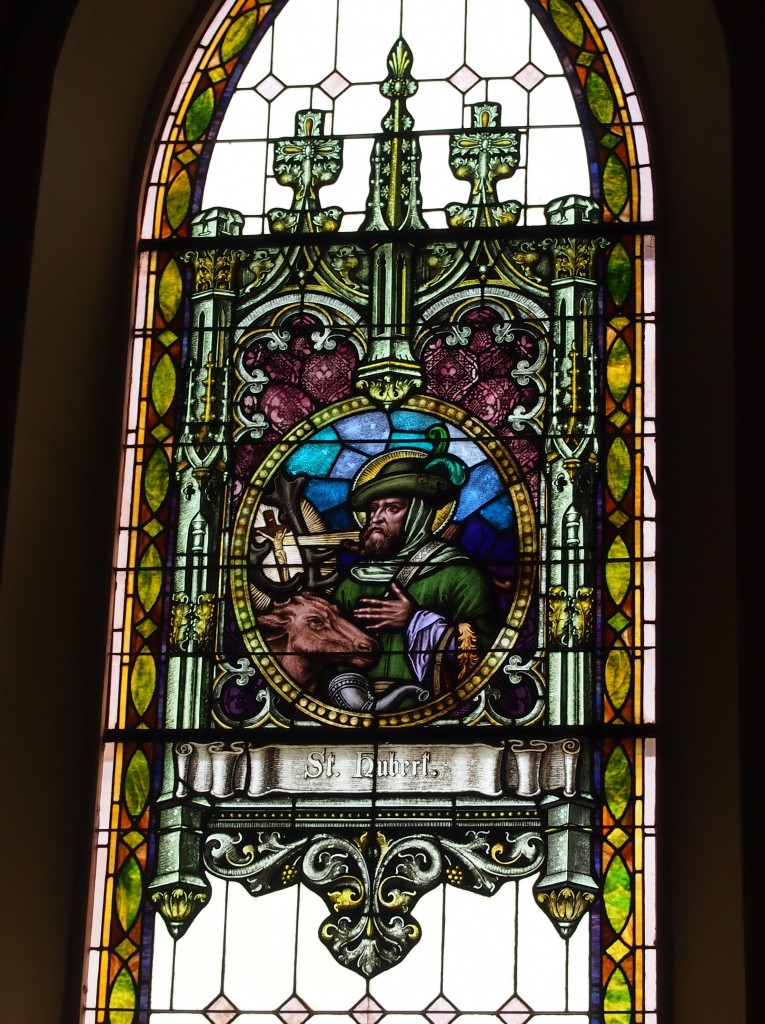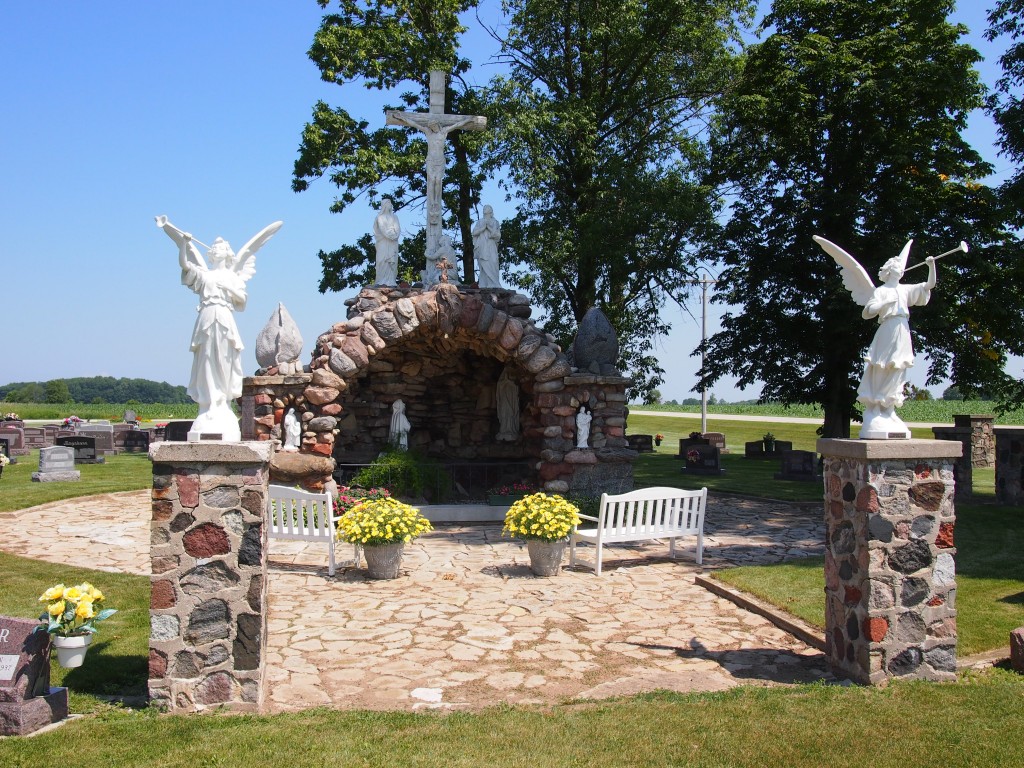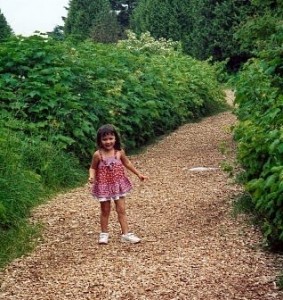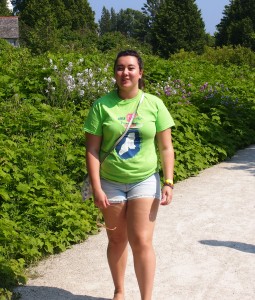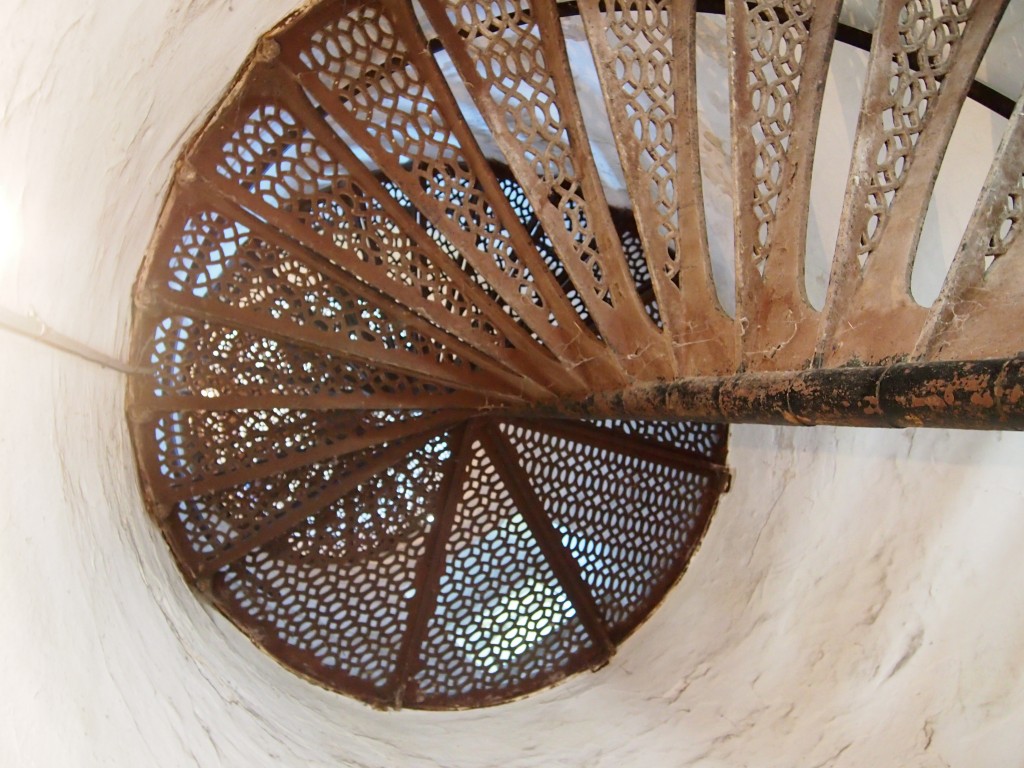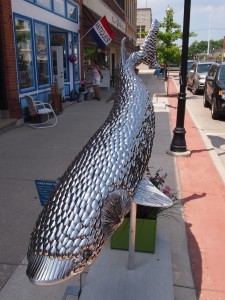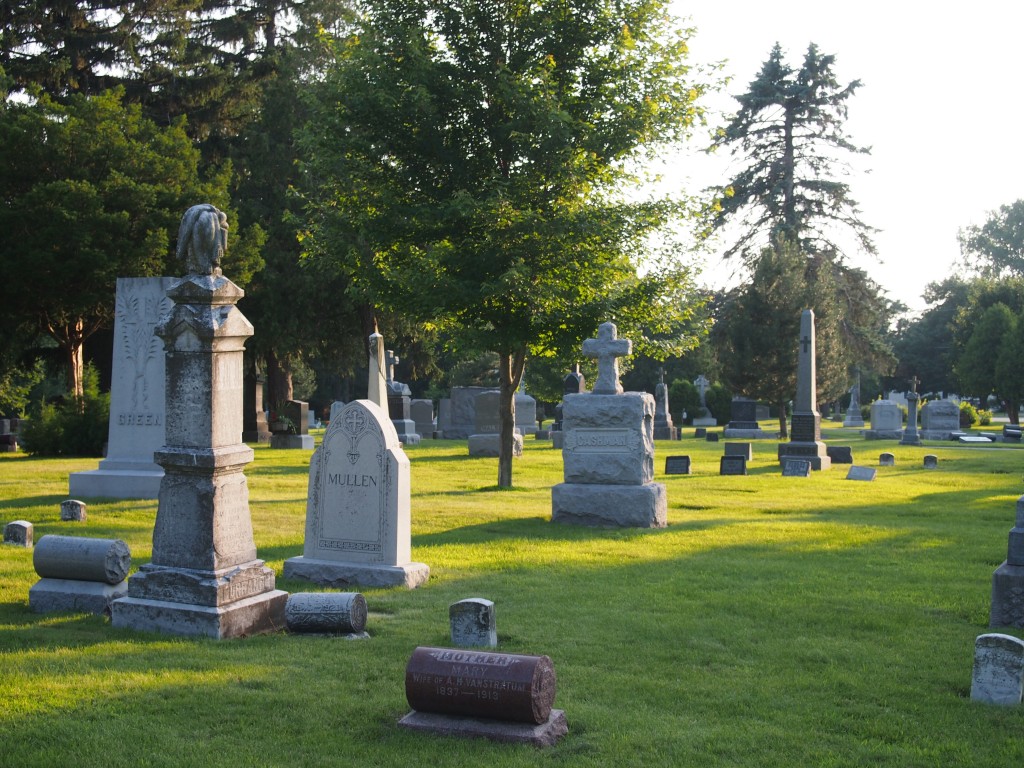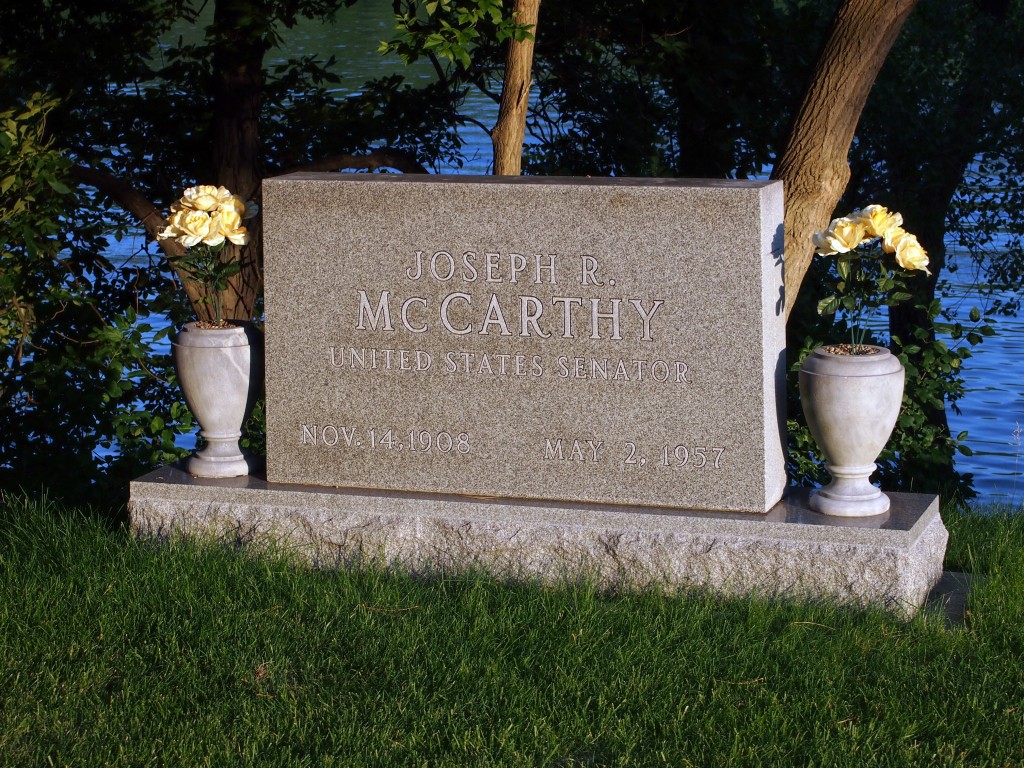On our second evening in Wisconsin, I went out to pick up our evening meal. Everyone else knew what they wanted, and so I went to those places, but I didn’t have anything in mind for myself. By chance I came across My Lee’s Egg Roll House at the corner of Franklin and Richmond in Appleton. I followed an impulse to go there, and bought a takeout meal of two large egg rolls with fried rice. I also picked up a roll – mini-loaf? piece? of “longcheng” bread with strawberry filling for snacking on the way back to the motel.
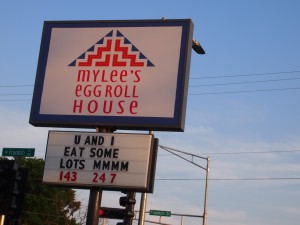 I was the only customer, so I asked the woman behind the counter if she were My Lee. She was, she said in a heavy accent, and hoped that I would enjoy my egg rolls. I learned from an article posted on the wall that she and her husband had opened up the store only last year in a former Batteries Plus location. They are Hmong, originally from Laos (I think). Whatever their back story, I’m happy to report that in Appleton, Wisconsin, in our time they make some fine egg rolls and filled bread.
I was the only customer, so I asked the woman behind the counter if she were My Lee. She was, she said in a heavy accent, and hoped that I would enjoy my egg rolls. I learned from an article posted on the wall that she and her husband had opened up the store only last year in a former Batteries Plus location. They are Hmong, originally from Laos (I think). Whatever their back story, I’m happy to report that in Appleton, Wisconsin, in our time they make some fine egg rolls and filled bread.
Harmony Cafe is on College Blvd in Appleton’s business district, created from the joining of two narrow spaces in brick-facade buildings old enough to sport punched tin ceilings. Apparently it’s one of two locations, with the other in Green Bay. Goodwill Industries of North Central Wisconsin runs the place, and benefits from it. That by itself wouldn’t have persuaded me to visit, or even its composting of coffee and food waste or use of fair-trade coffee beans. But I happened to know from my visit last August that the joint has a tasty Cuban pork sandwich, one just about as good as the one I had in Tampa’s Ybor City. It’s still on the menu. Good eats.
On the way home, we stopped at Mars Cheese Castle on I-94 near Kenosha, purveyor of cheese, meat, baked goods, sweets and more. The place has been enlarged since I was last there, and actually looks like the kind of castle a kid would draw.
The place is a roadside institution. Sure enough, it’s in Roadside America, which says: “This mainstay of Cheesehead gastronomy has reopened in a new, more castle-like building only a few feet from its original location, which was bulldozed for an I-94 interchange (the classic sign was saved). Now with real battlements! A real drawbridge! The Castle still has its cocktail lounge, and still sells ‘cow pies’ and udder-shaped coffee mugs — and its iconic roof-mounted cheese-chomping overcaffinated-eyed giant mouse sculpture has been repainted and moved indoors so that people can now pose next to it.”
We got some cheese curds. Made in Wisconsin, of course.
